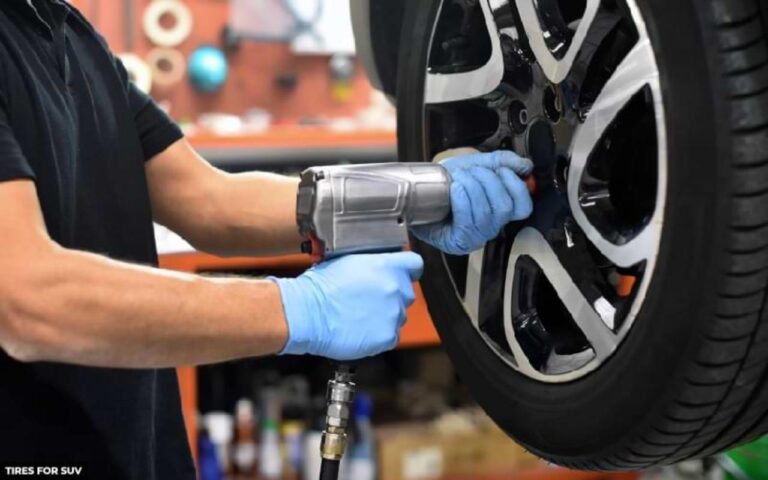We don’t talk about tire rotation much, and not many people understand it. However, giving your tires a correct rotation can save you a lot of money and a lot more trouble in the long run.
Did you know that the typical front-wheel-drive goes through front tires almost twice as fast as one with the rear-wheel-drive if they’re not rotated?
You’ll pay to replace those tires a lot less frequently if you’re willing to have them rotated from time to time.
Why You Should Rotate Your Tires
The reason front-wheel drive is so hard on tires is due to both the way the weight of the vehicle is distributed and the fact that those wheels are providing the push for the car.
The engine sits immediately above the front tires, as does most of the weight of the car. Plus, your front wheels are always turning – that’s more stress on those tires.
Rear-wheel-drive cars use their tires less quickly because the drive wheels aren’t the same wheels that are responsible for steering. Of course, front-wheel drive has many other advantages that make it worth the extra tire wear, but that does mean you’ve got to replace your tires more often or have them rotated on a regular basis. You decide which one is really the hassle.
Another reason why you have to pay attention to the rotation of your tires is the noise. As for Crossclimate 2 from Michelin and many other tires, it is recommended by the manufacturers to employ a proper tire rotation when purchases to decrease the noise they make.
How Does Tire Rotation Work
Tire rotation is just a process of taking your front tires off the car and putting them on the rear, then replacing the front tires with the ones that were on the rear wheels.
Usually, there are particular intervals at which this should be done. It’s easy to get it done at a garage – the car’s just lifted up, and the tires are rotated quickly and easily using professional-grade tools. It’s a cheap process, and while you can do it at home, this is probably one of those things it’s easier to have done by a professional.
How To Properly Rotate Tires
Of course, there’s a right way and a wrong way to do the job. On a front-wheel-drive car, the right front tire should be placed on the right rear wheel, not the left, and the left front goes to the left rear.
The rear tires, however, don’t go straight. Instead, the tire on the left rear goes forward onto the right front wheel, and the right rear tire is put onto the left front wheel. Your back tires should cross over when they’re put onto the front of the car.
Doing it differently may cause a problem since the point of tire rotation is to equalize the wear that your tires are subject to. With equal wear, you’re less likely to get a thin spot, and you won’t have to buy new front tires nearly so often. Remember that worn treads, particularly on the drive wheels, can actually be pretty dangerous. After all, you don’t want to drive or steer on a surface that doesn’t have any grip left.
That, plus structural stability, is one reason you always want to have good treads on your front tires. By rotating, you’ll get even wear, and you won’t be in danger of a skid or a blowout, and you’ll save money by replacing those tires less often.
Closing Words
If your tires haven’t been rotated recently, have it done. It may seem like a hassle, but it’s a good idea in the long run.

